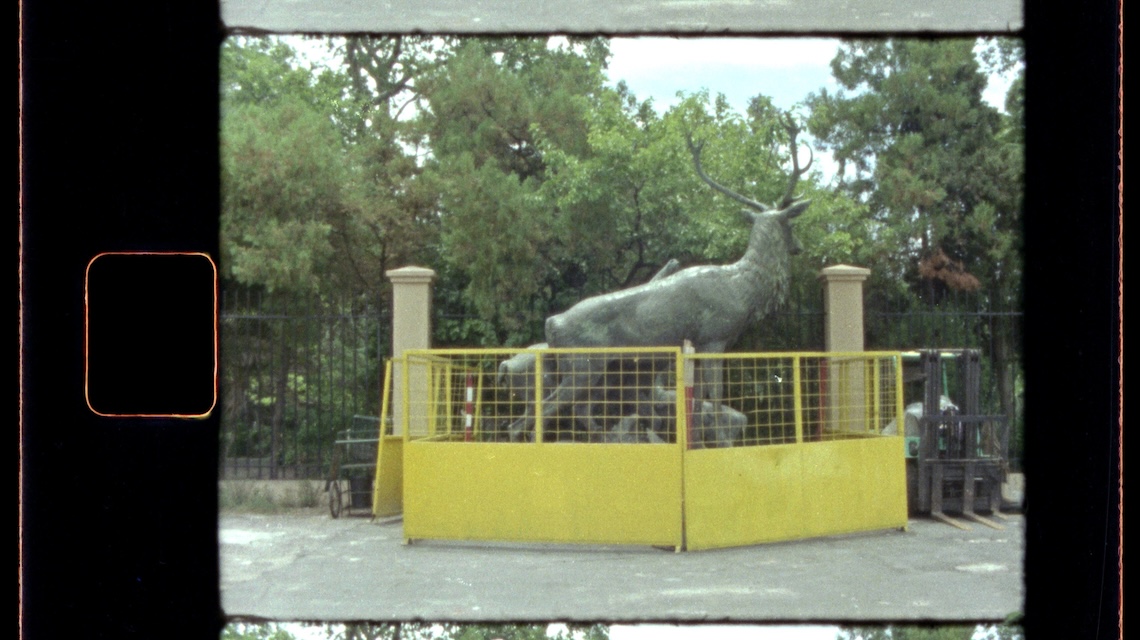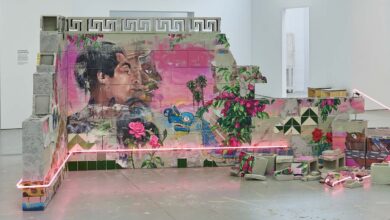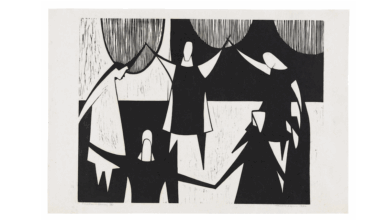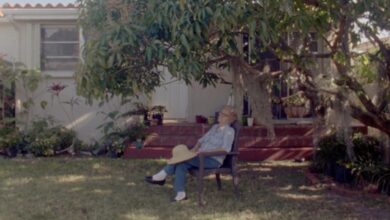
Source: New York Times
One of the included artists in this piece, Jimena Sarno, is an assistant professor of art at CSUDH. Her excerpt is below.
Jimena Sarno
Born in Buenos Aires and based in Los Angeles, the artist, educator and organizer Jimena Sarno explores themes of power, labor, displacement and interdependence. Sarno, 54, has collaborated with the composer Diana Woolner to rearrange “America the Beautiful” using declassified military logistics data as a guide; created a soundscape based on police scanner recordings from the night Michael Brown’s killer wasn’t indicted; and erected a lifeguard tower panopticon for an installation that traced the history of U.S. surveillance. This month, in her first major institutional show, at the Massachusetts Museum of Contemporary Art in North Adams, Mass., the artist (who declined to be interviewed for this piece) examines how ancestral knowledge, craft traditions and shared resources are preserved by communities through her own works and those by over 20 other artists. Though the exhibition was meant to be a solo show, Sarno’s practice is relational by nature, so she invited many of her collaborators to create speculative “tools” — wooden objects, pottery, assemblage sculptures, textiles and wearable garments — out of natural or reused materials we already share as a way of gesturing toward a more equitable, utopian future.
Throughout the show, there’s an emphasis on repair. In a Super 8 film, the artist is seen working with Argentine conservators to fix two wooden deer that her uncle carved in the 1950s. On-site workshops give visitors a chance to learn how to mend textiles and wooden objects, which they are then invited to leave on view — helping to build out Sarno’s monument to collective labor. And in another instance of community-based education, part of the main installation, which takes the form of a 100-foot-long experimental film projection, features scenes of weavers in Peru, Morocco and Argentina teaching Sarno their craft.









